Hello dear Hivers !
First of all, I'd like to say that I'm far from the mushroom expert I'd like to be. I recognize the very basics, porcini, chanterelles and a few others, but that's about it.
In fact, that was the whole idea of this mushroom recognition outing in a forest not far from where we live. We were a small group and it was a pharmacist by training who shared with us his interest and passion for these organisms, which are so complex in terms of shape, physiological properties and edibility.
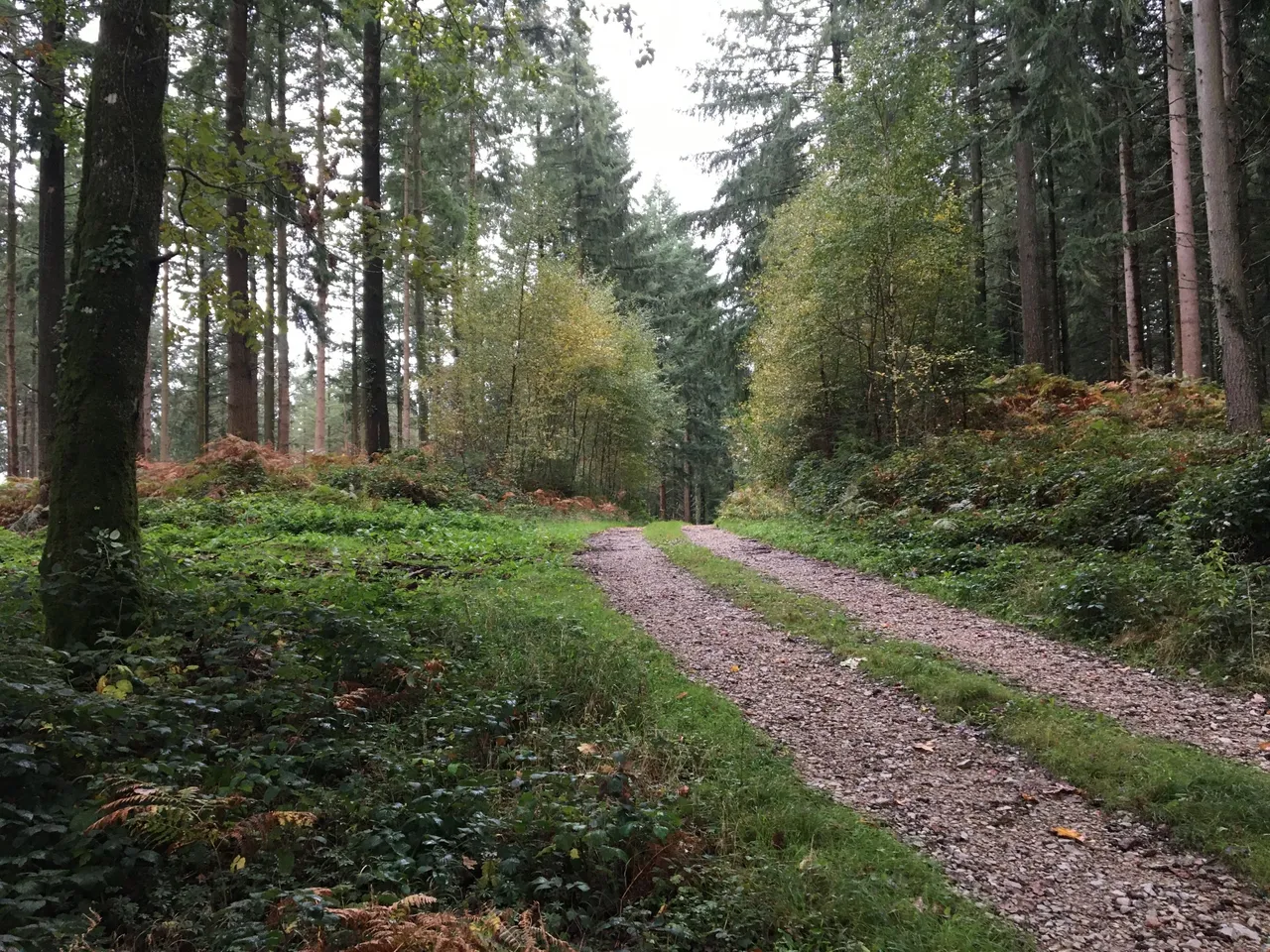
So it was around 9 o'clock that we met up in the forest and the course began... Unfortunately, the weather wasn't brilliant, but rather autumnal, and at least it wasn't raining.
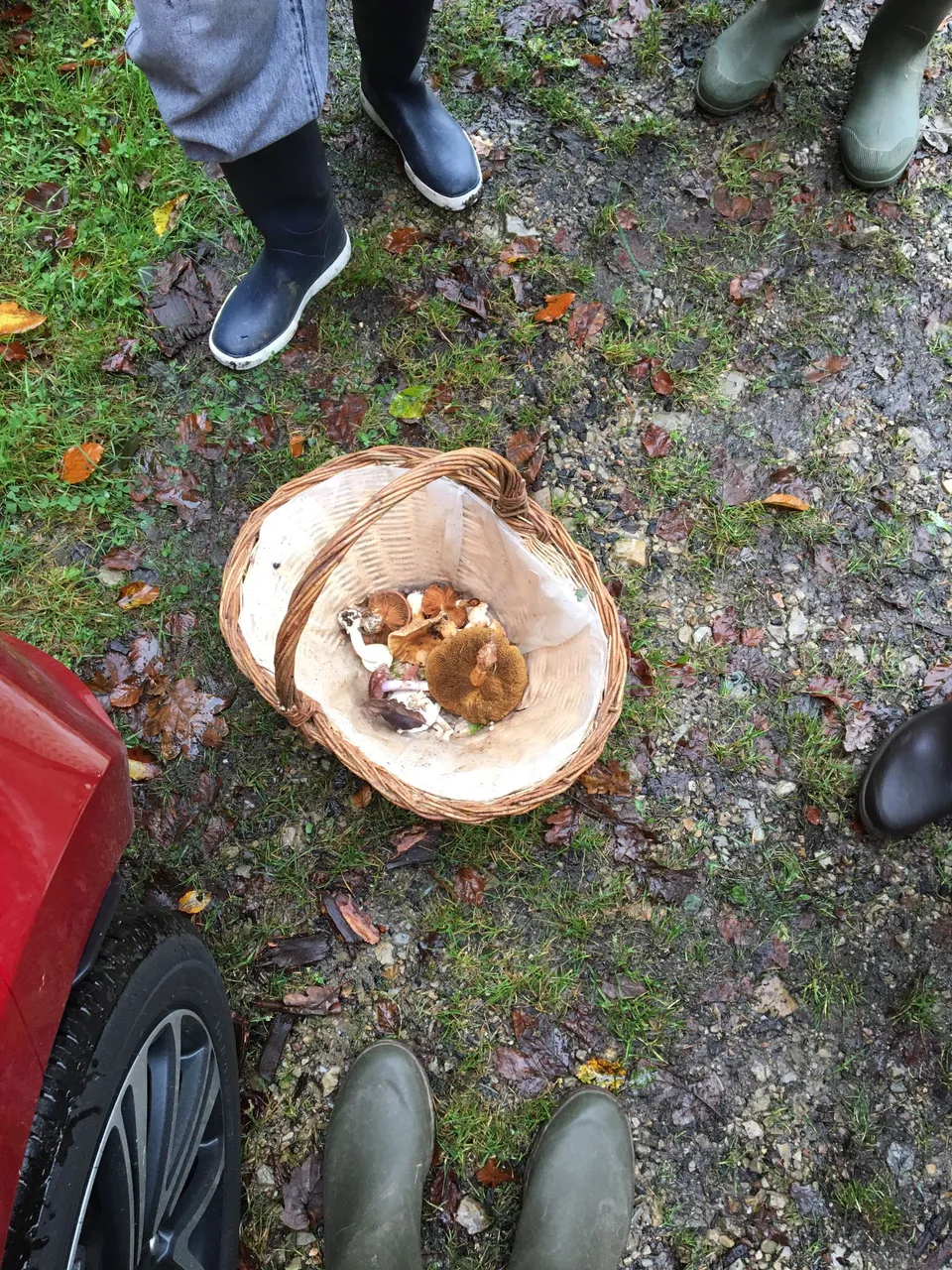
The professor had already brought back a few mushrooms he'd found the day before and he explained to us his hierarchy of classification between 'edible', 'inedible' and finally 'harmful' mushrooms. I think that's a good way of summing it up. It's obviously the first category that interests us, but it's perhaps the one with the fewest mushrooms in all !
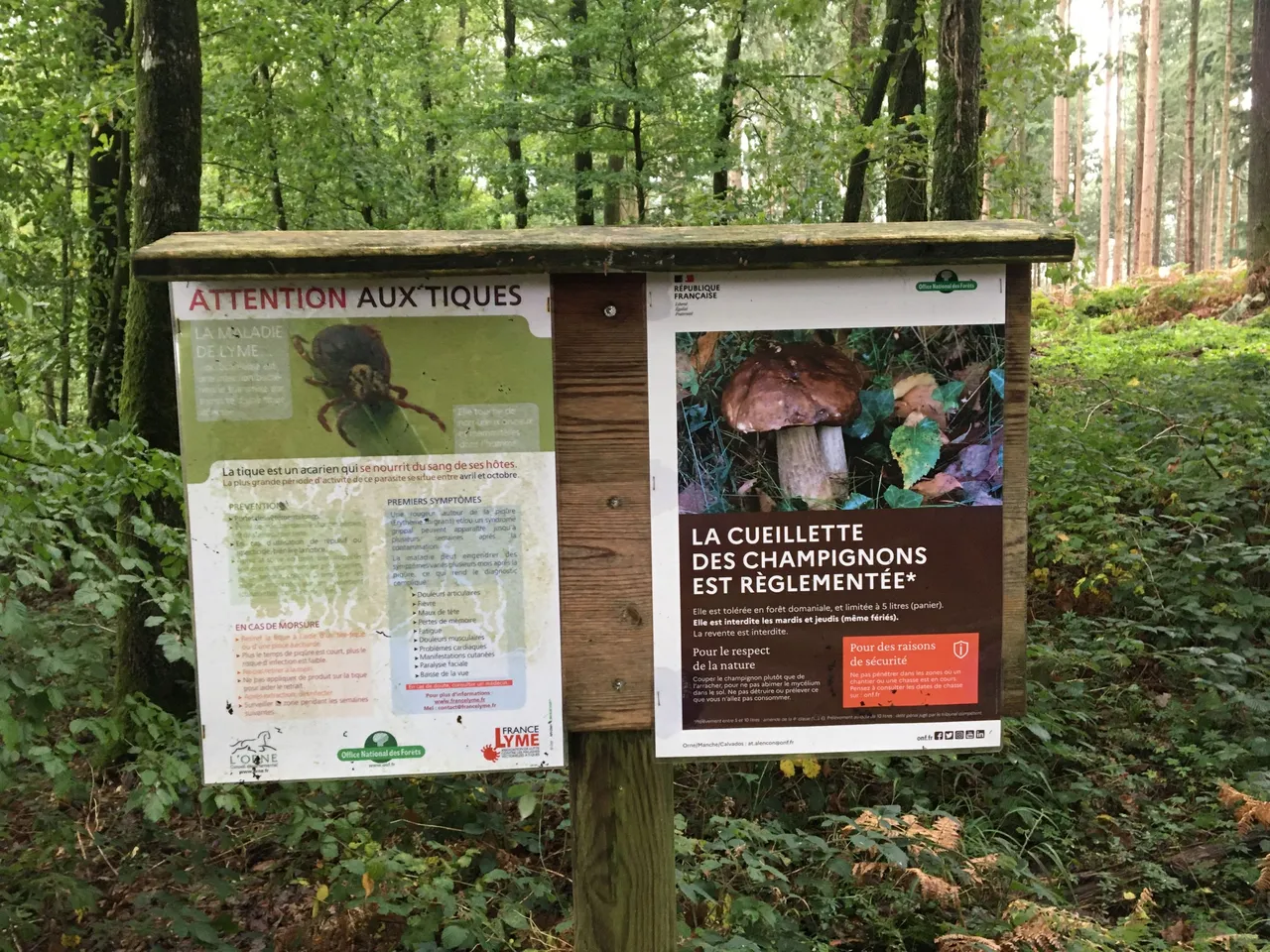
After about 30 minutes, we all set off into the forest for about 2 hours of picking. The idea was to collect everything we could find and then try to identify them.
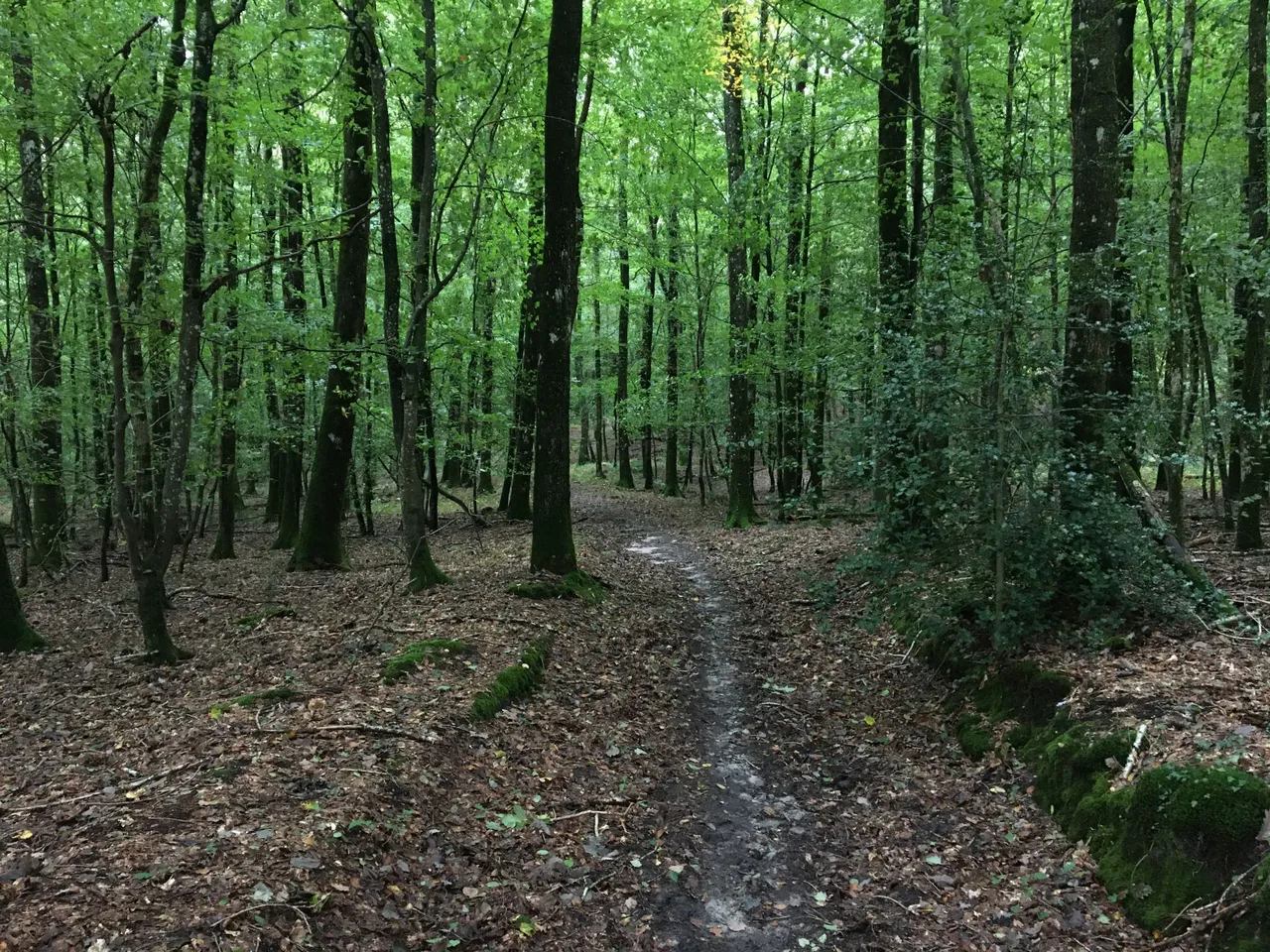
My partner and I went to an area covered in deciduous trees. I understand that under coniferous trees there are fewer edible species because the soil is more acidic.
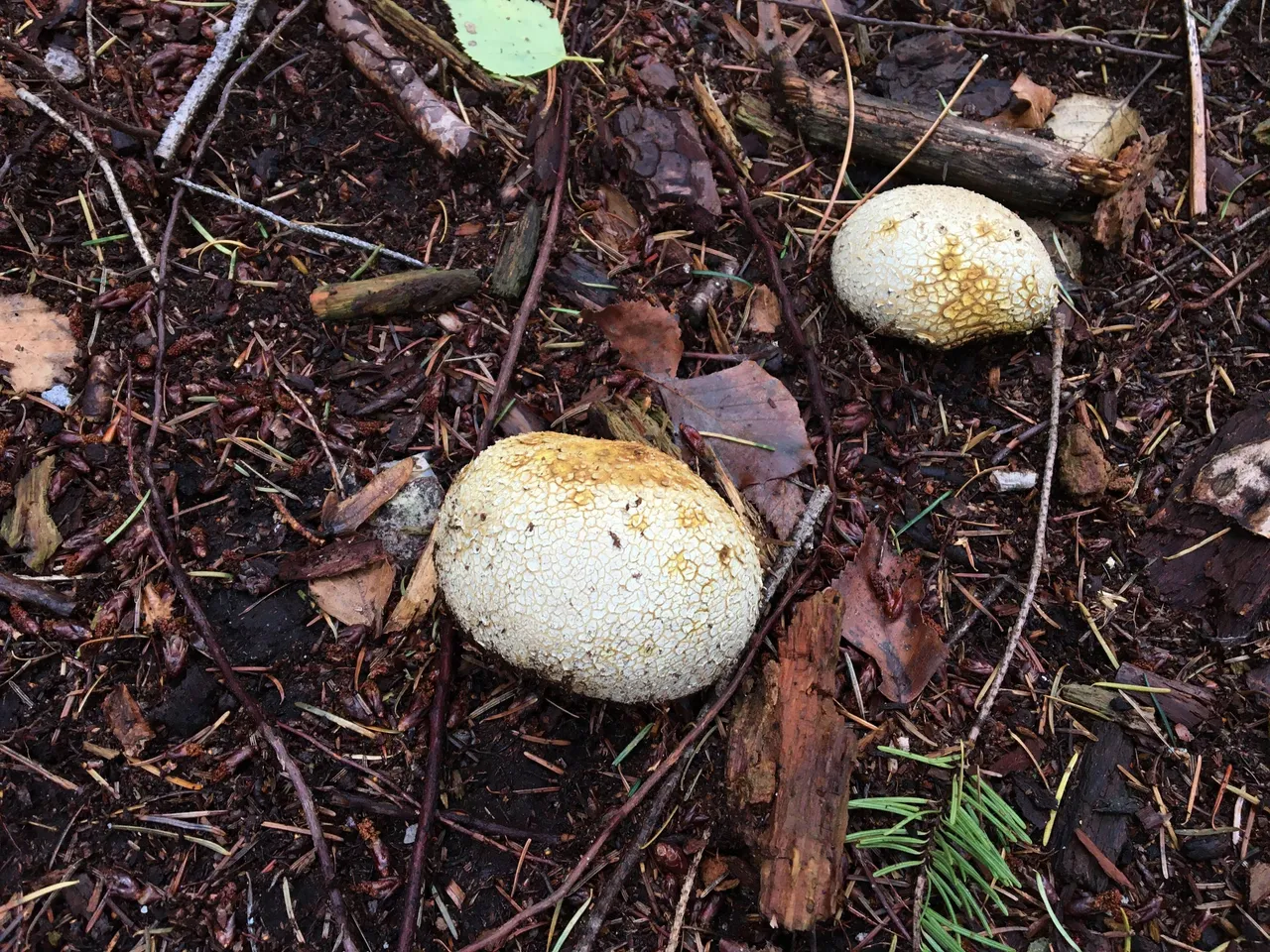

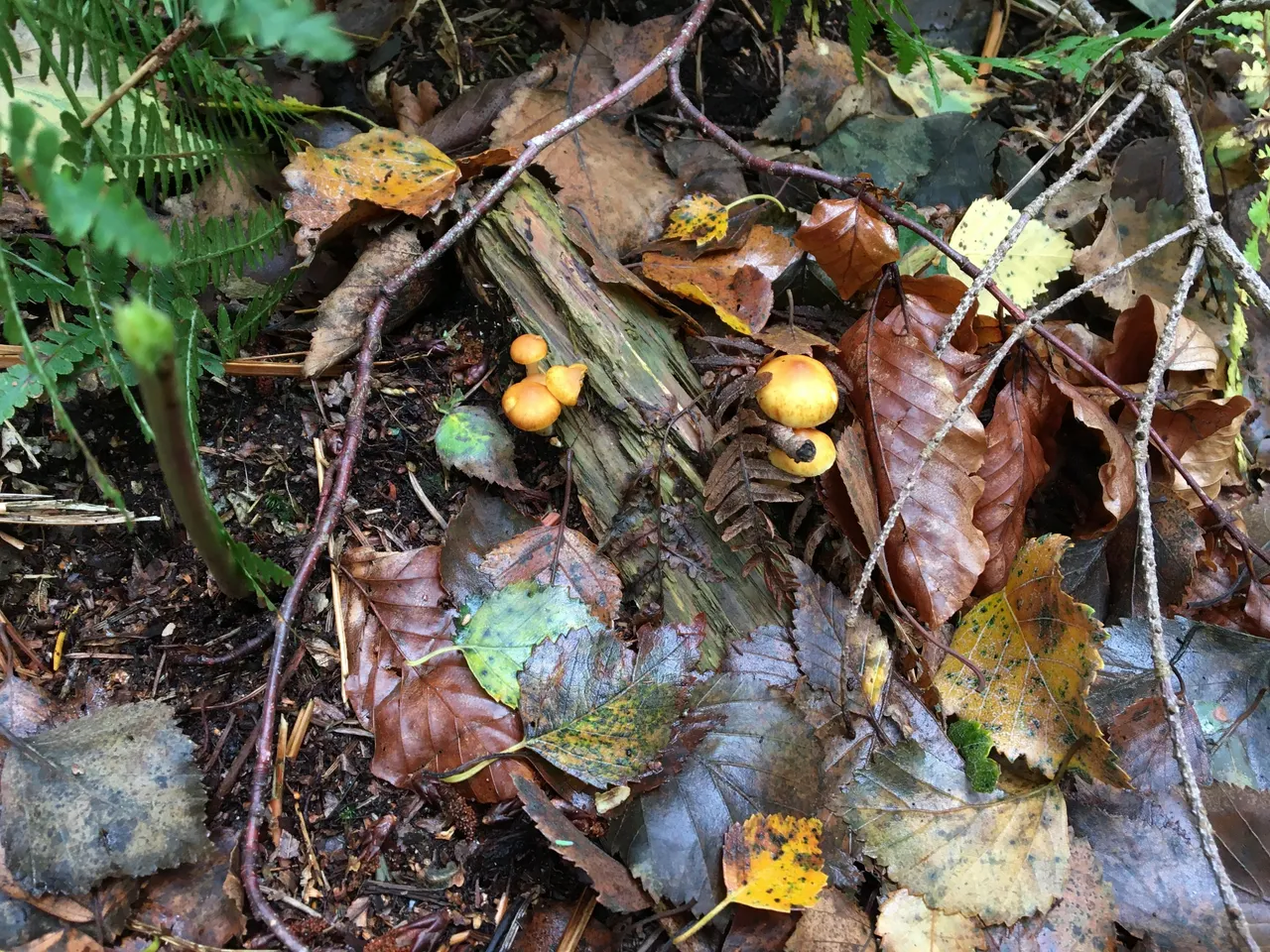
After 15 minutes, our basket is already full and we take a few moments to simply immerse ourselves in the environment and observe what's around us.
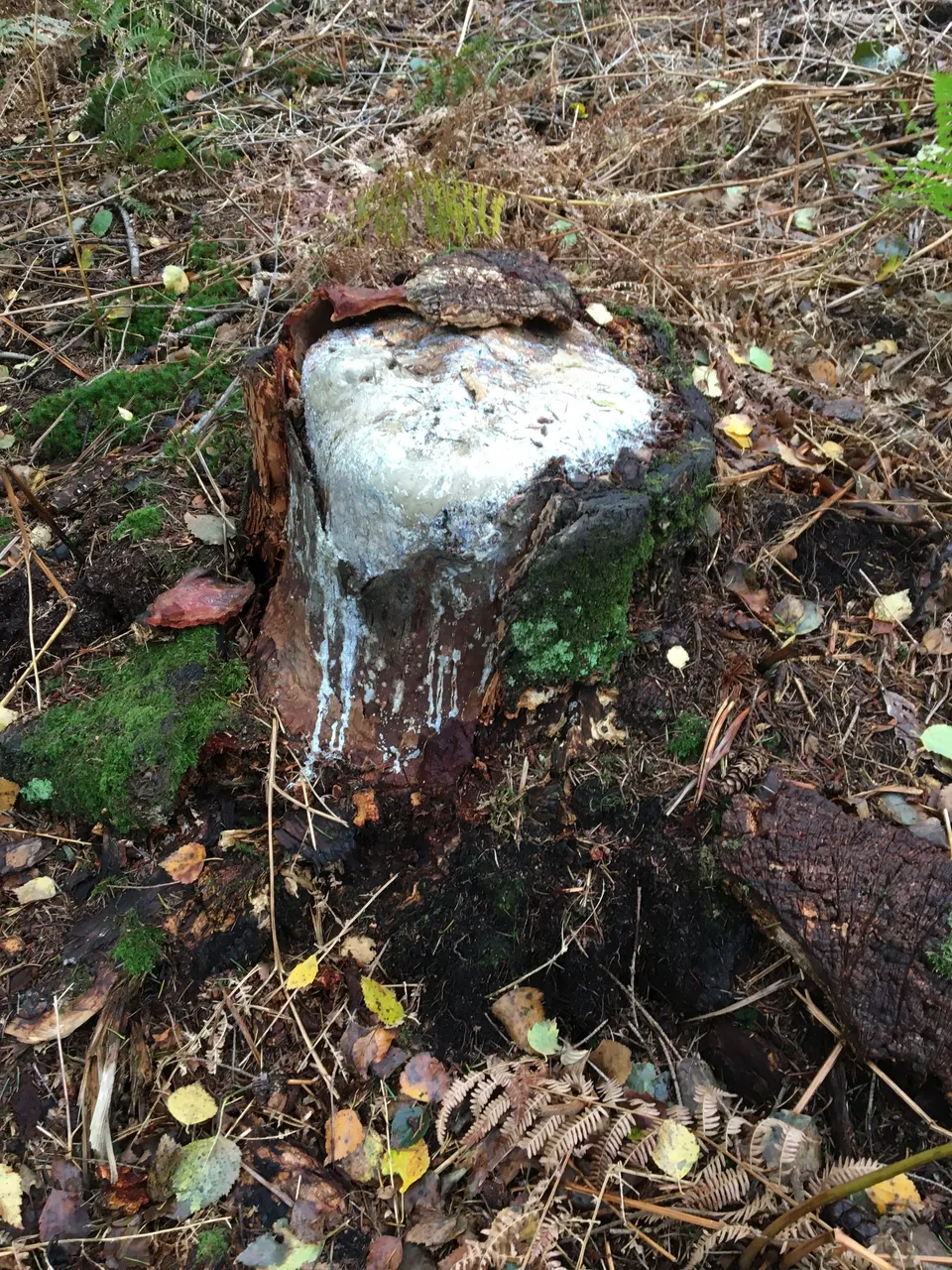
Like this pine stump dripping with a waterfall of resin, now frozen...


In the end, as we're both artists, it was often just the visual aspect of the mushrooms and their groupings that interested us most !

Are these hallucinogenic mushrooms ?
I'm not going to try it anyway !

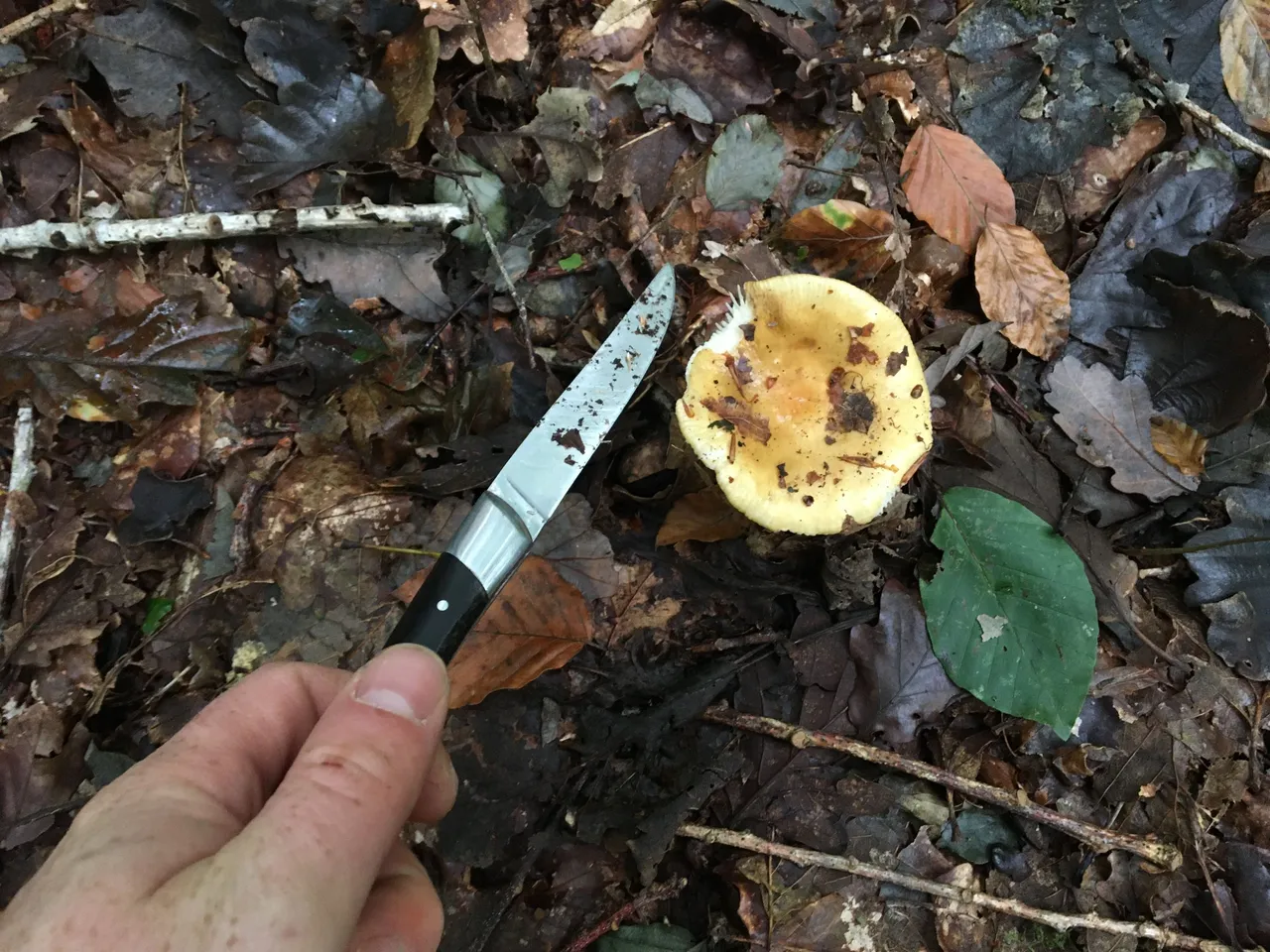

The main tools of the mushroom picker are a knife and a basket. The knife is used to make a clean cut along the stem so as not to damage the network of "mycelium", the web that binds the trees together via the mushrooms and their roots. The second is obviously for collecting the mushrooms, but it's also more effective than a simple plastic bag in preventing them from being crushed !
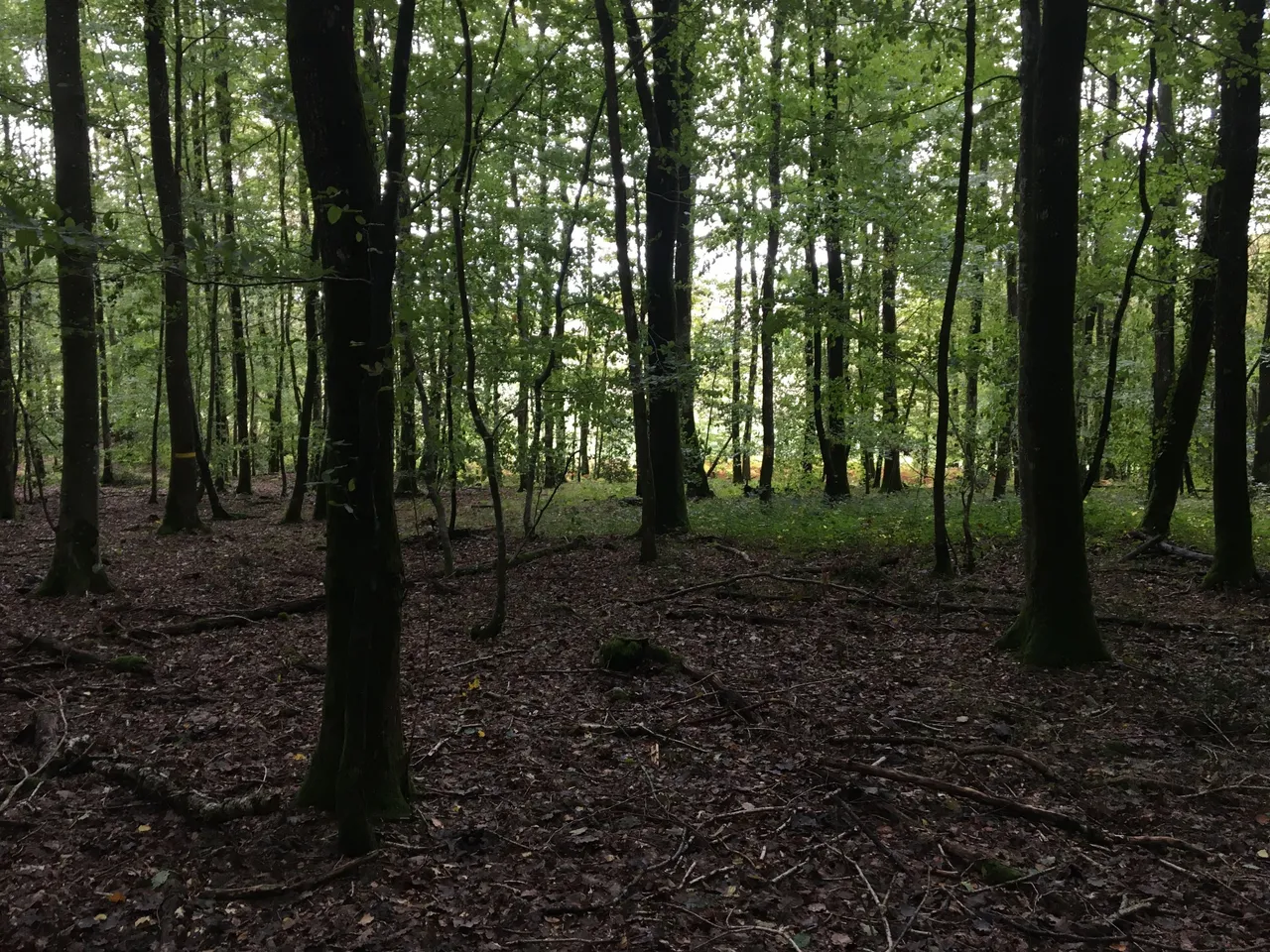
We then head for this edge zone to see what we can find...

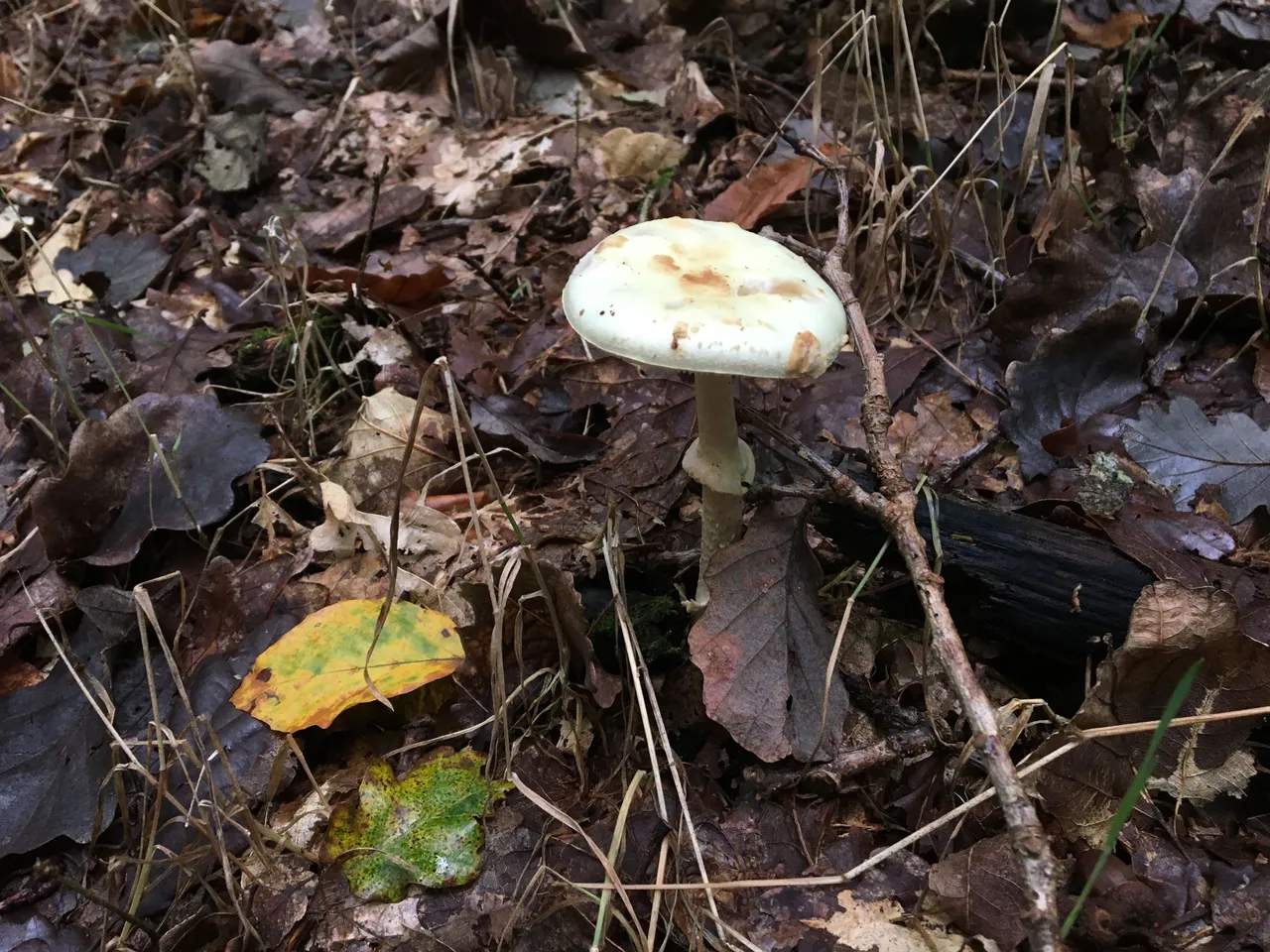
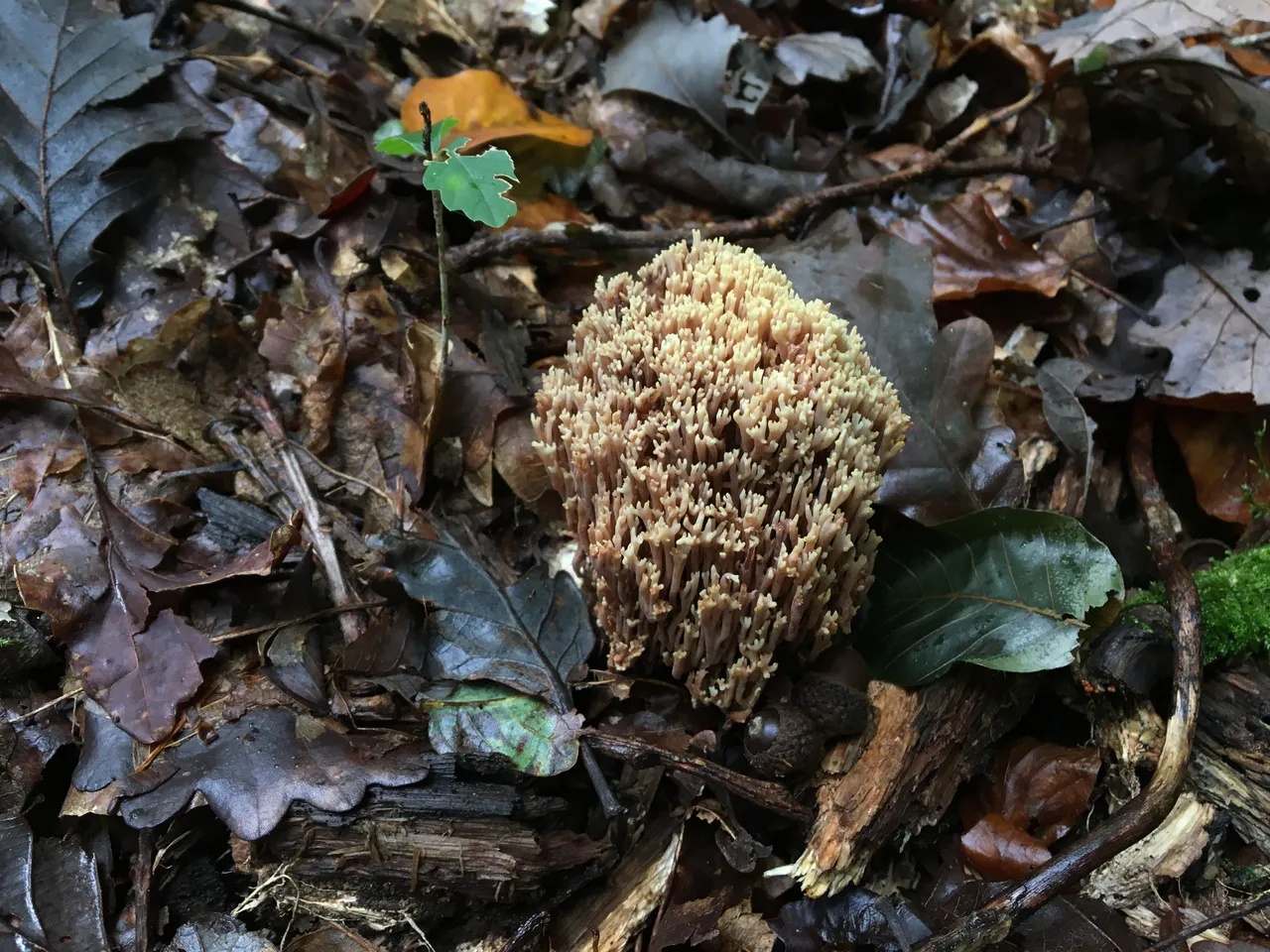
Of the three, the purple one and the hairy one are my clear favourites ! The pale yellow one in the middle is a citrine amanita - Amanita citrina. Apparently this one is still edible, but it's rather mediocre in culinary terms and as there's a risk of confusing it, we generally advise not to risk it.
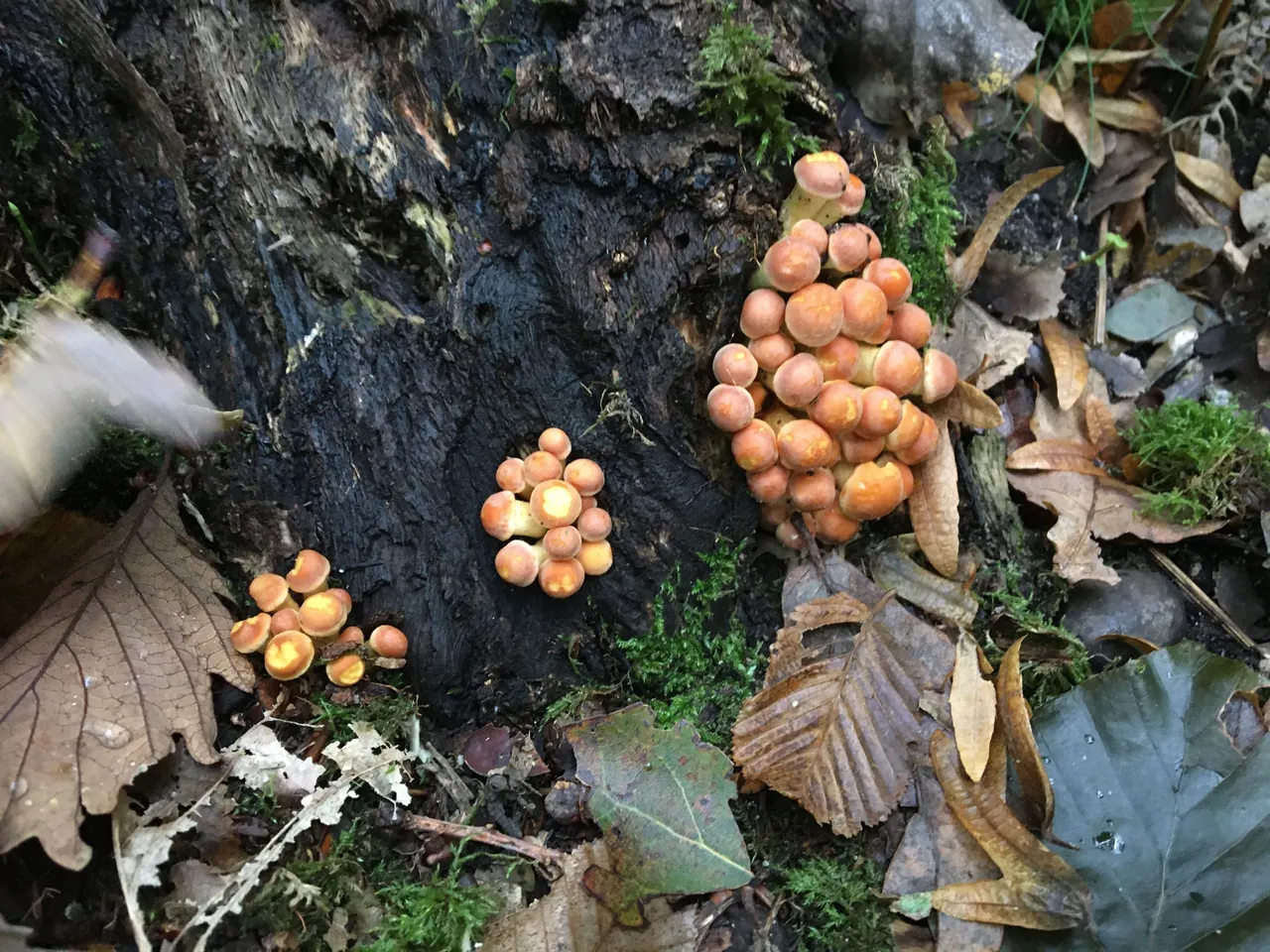
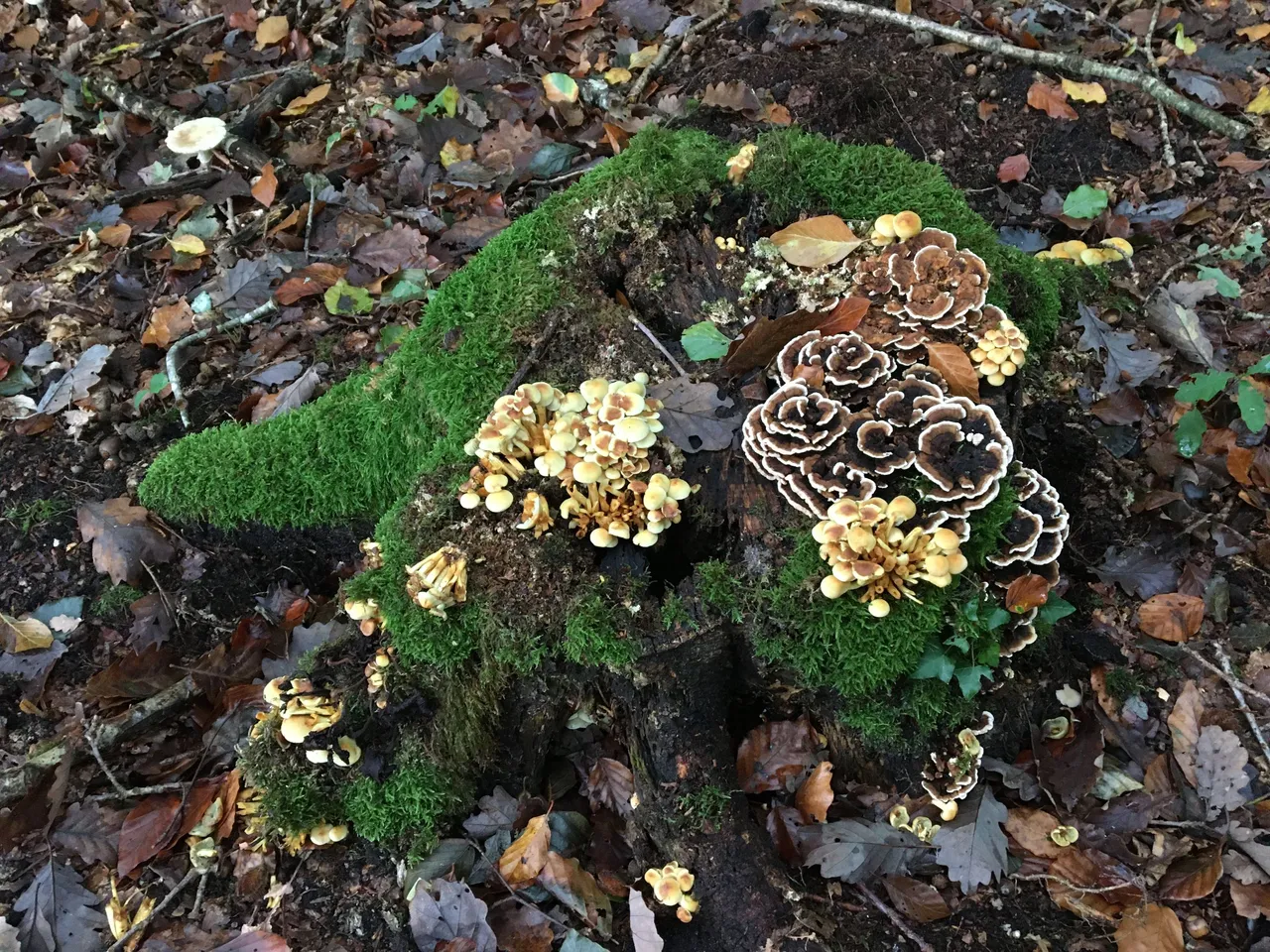
More new and visually interesting compositions !
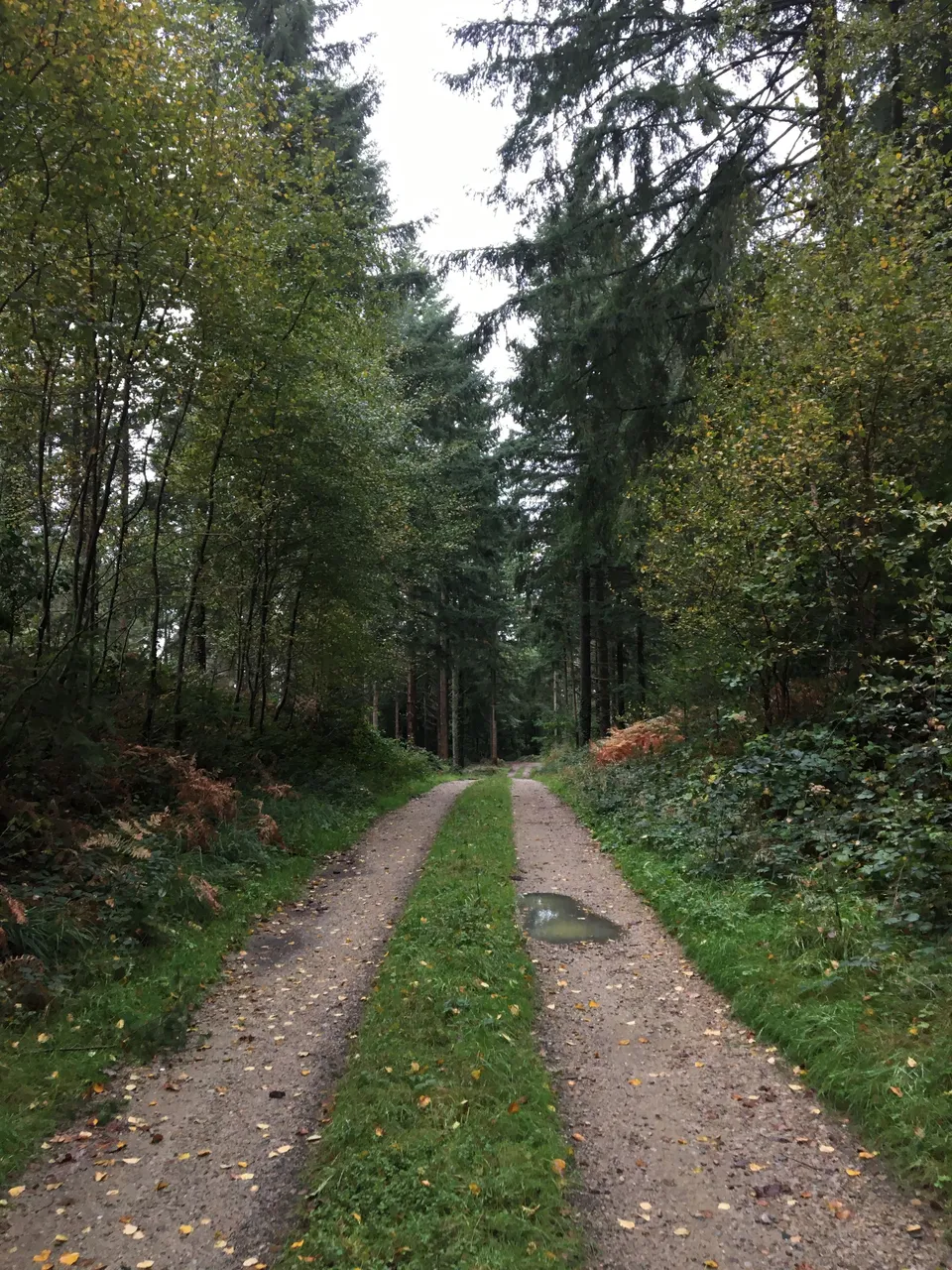
But we're already on our way back...
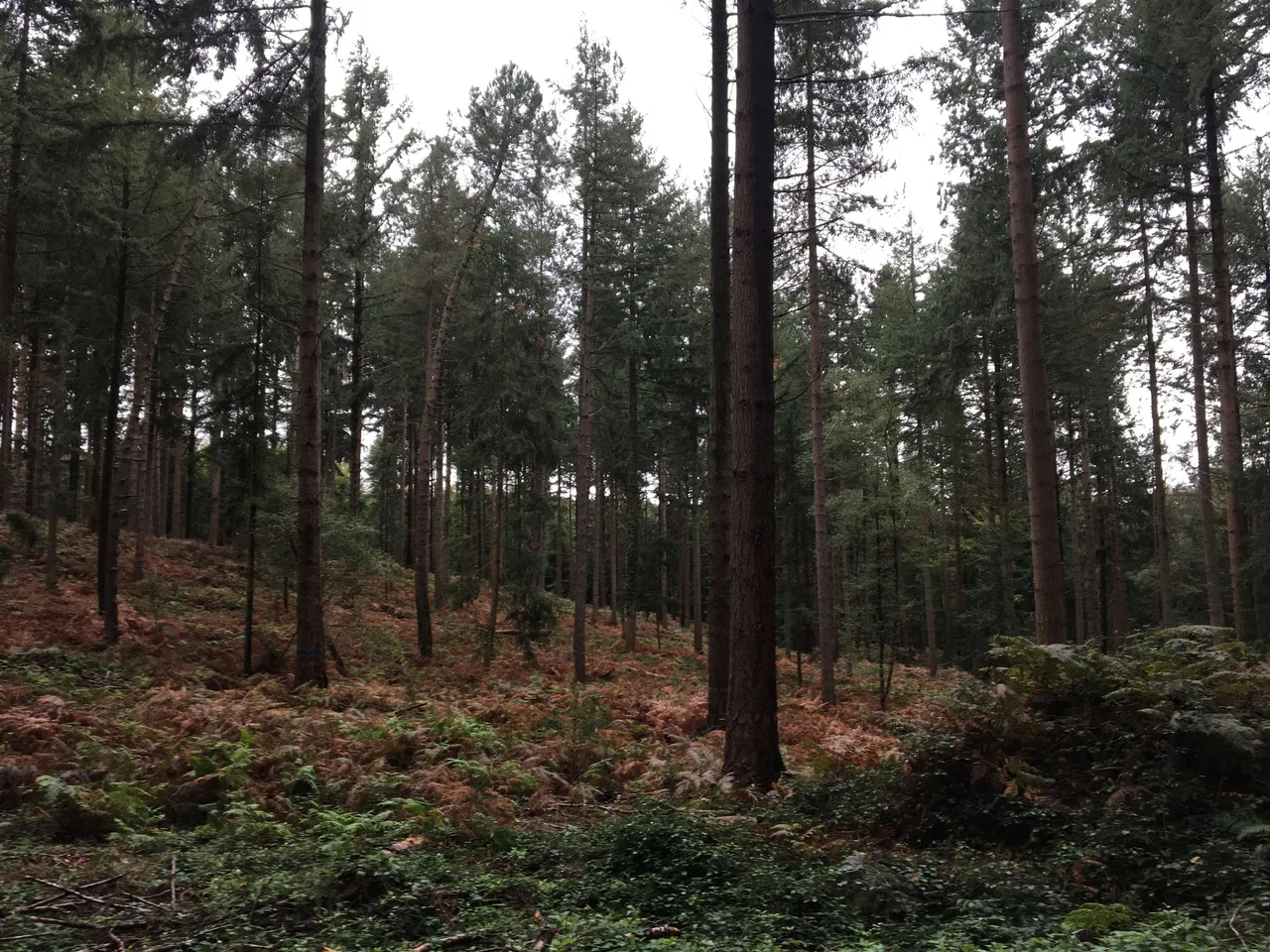
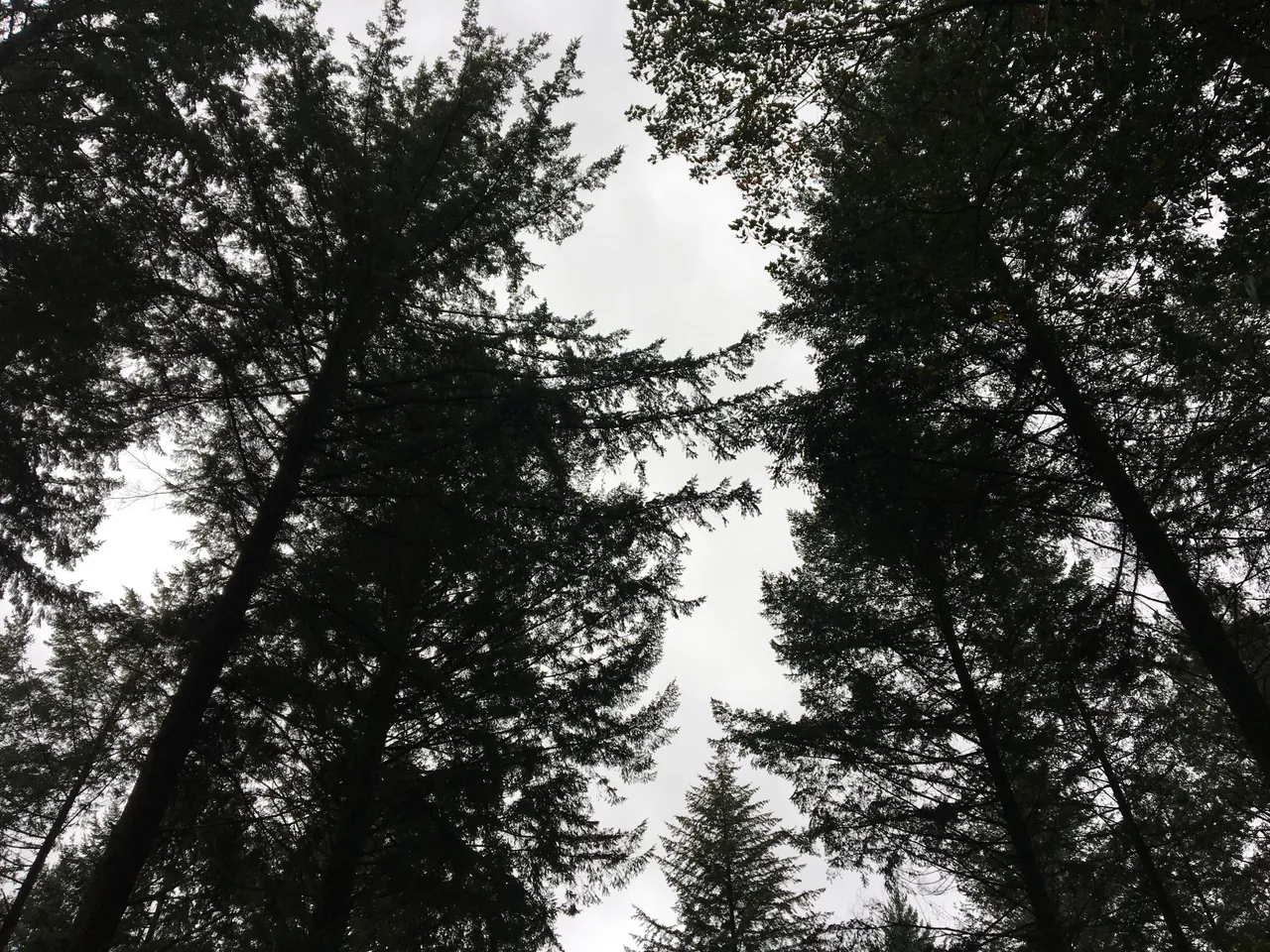
The weather is grey, but our basket is full of specimens to identify :)
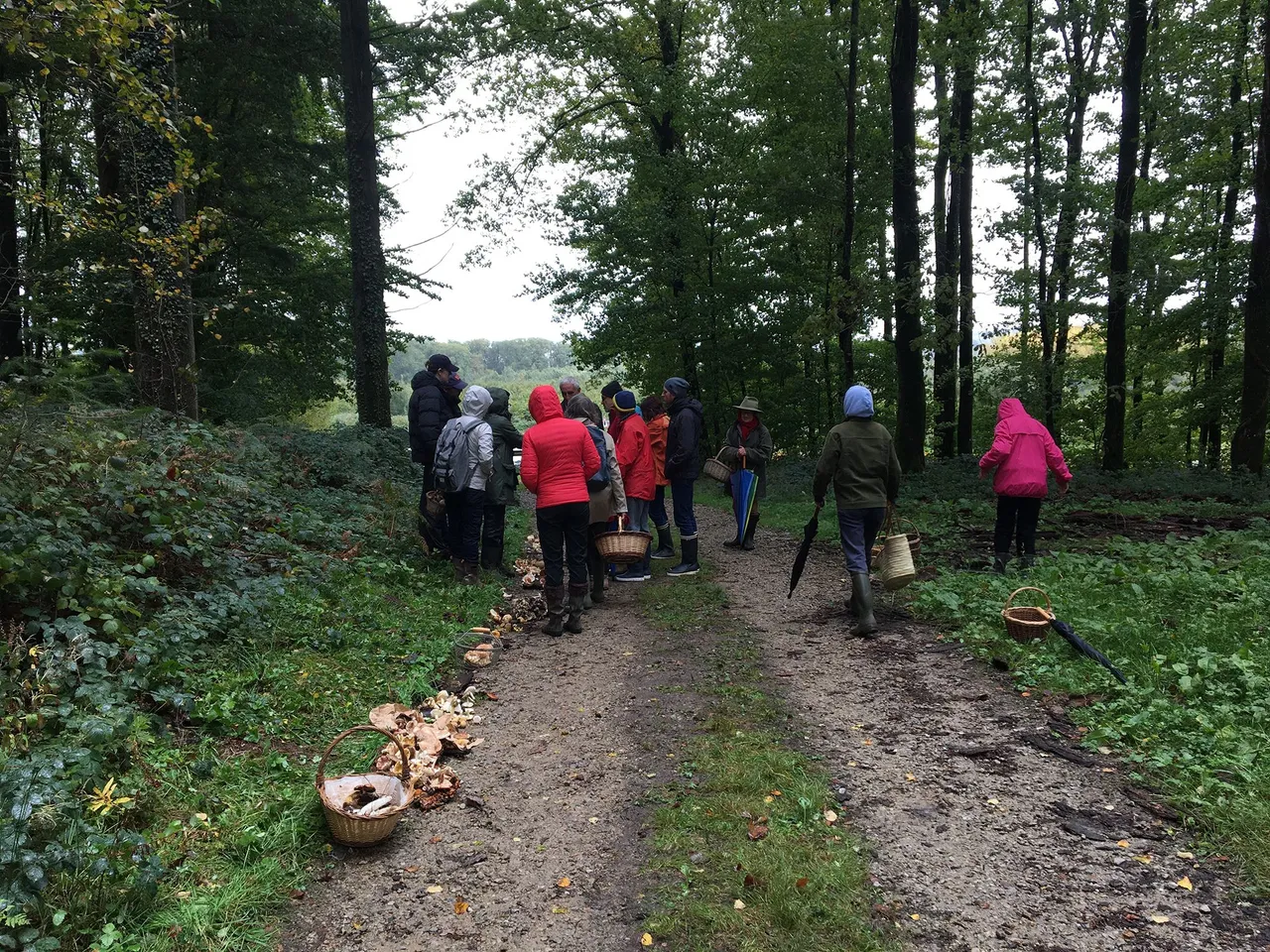
When we arrived, the group was already complete and everyone had started to put their finds by the side of the road.
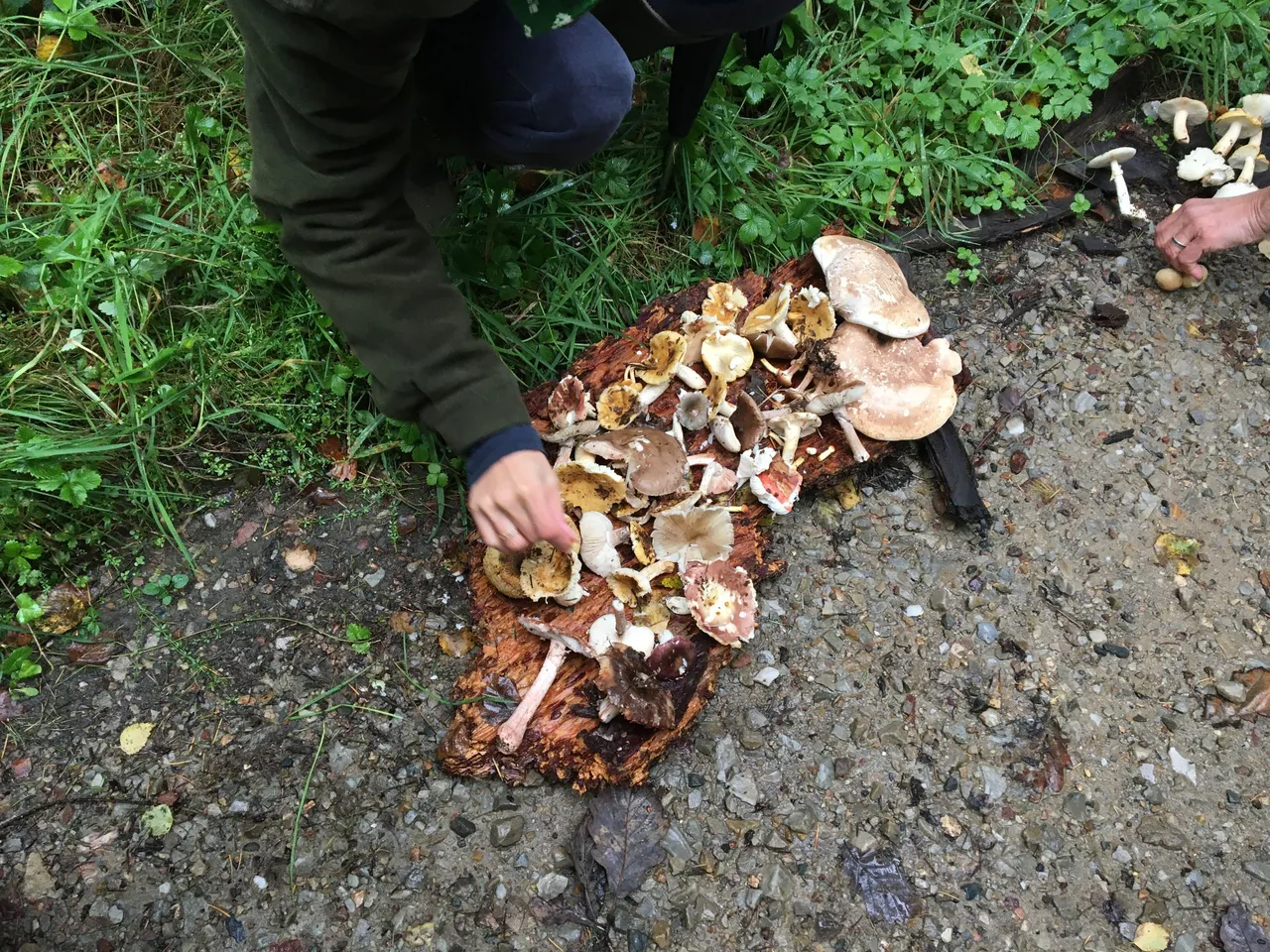
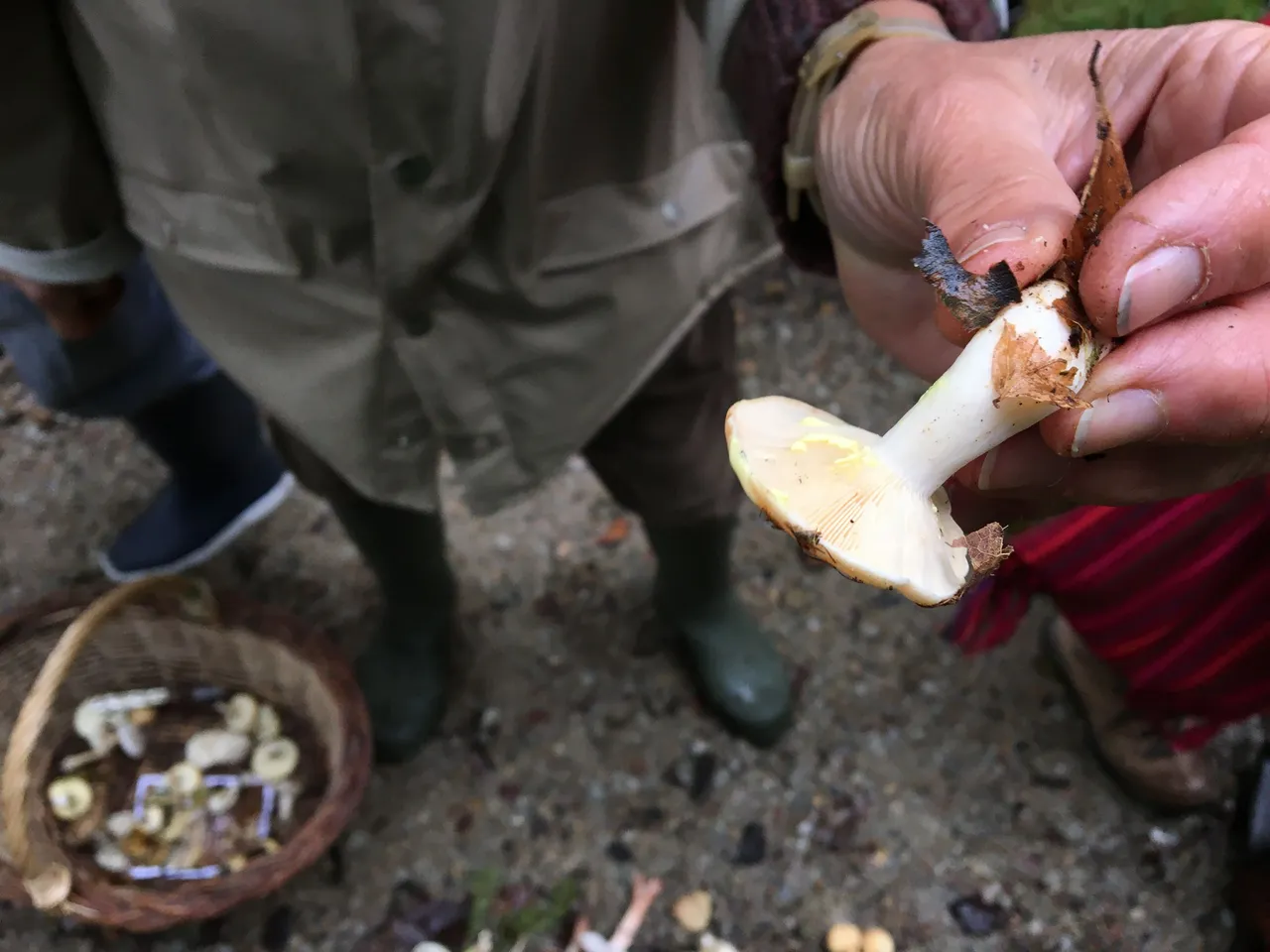
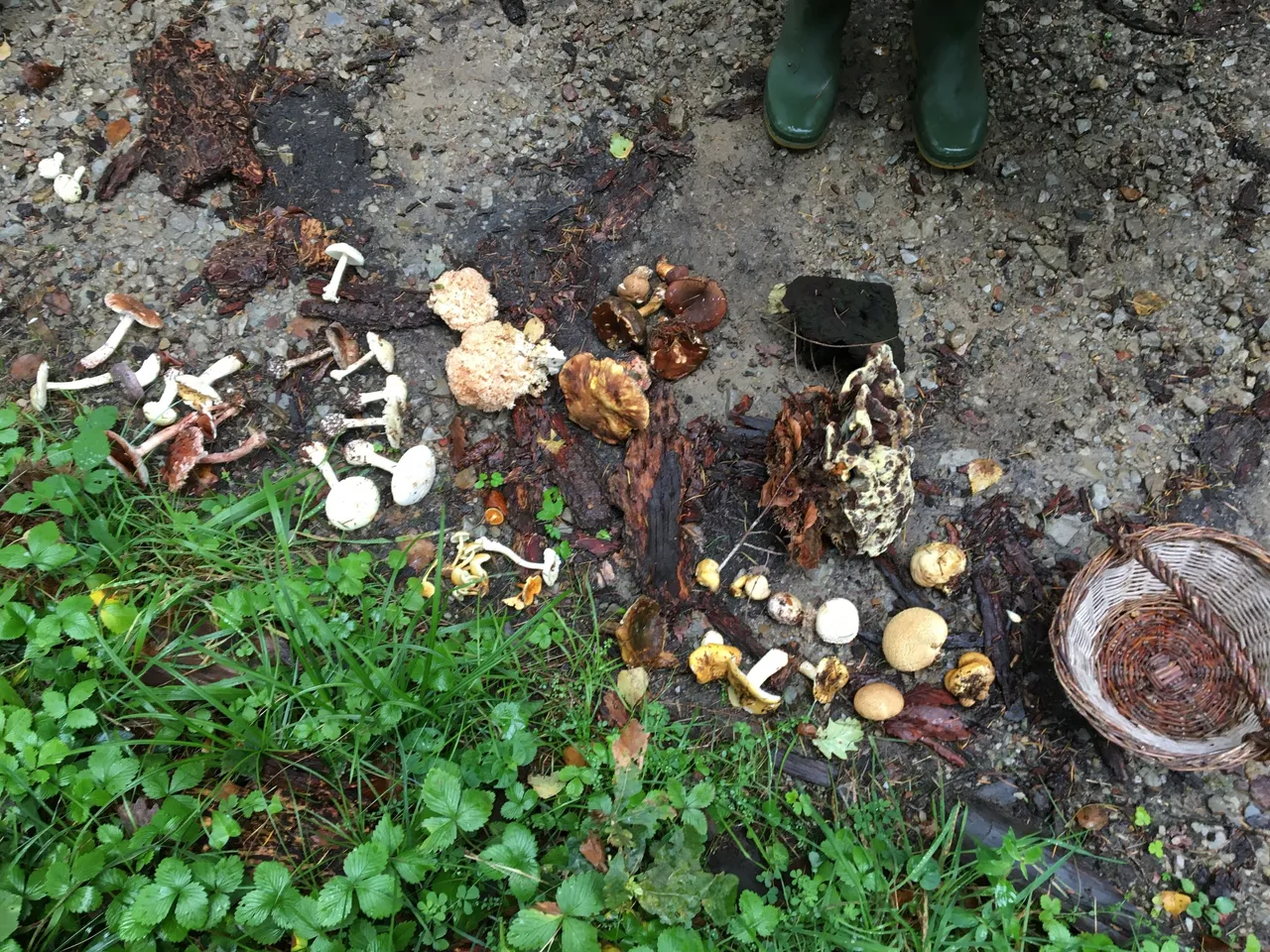
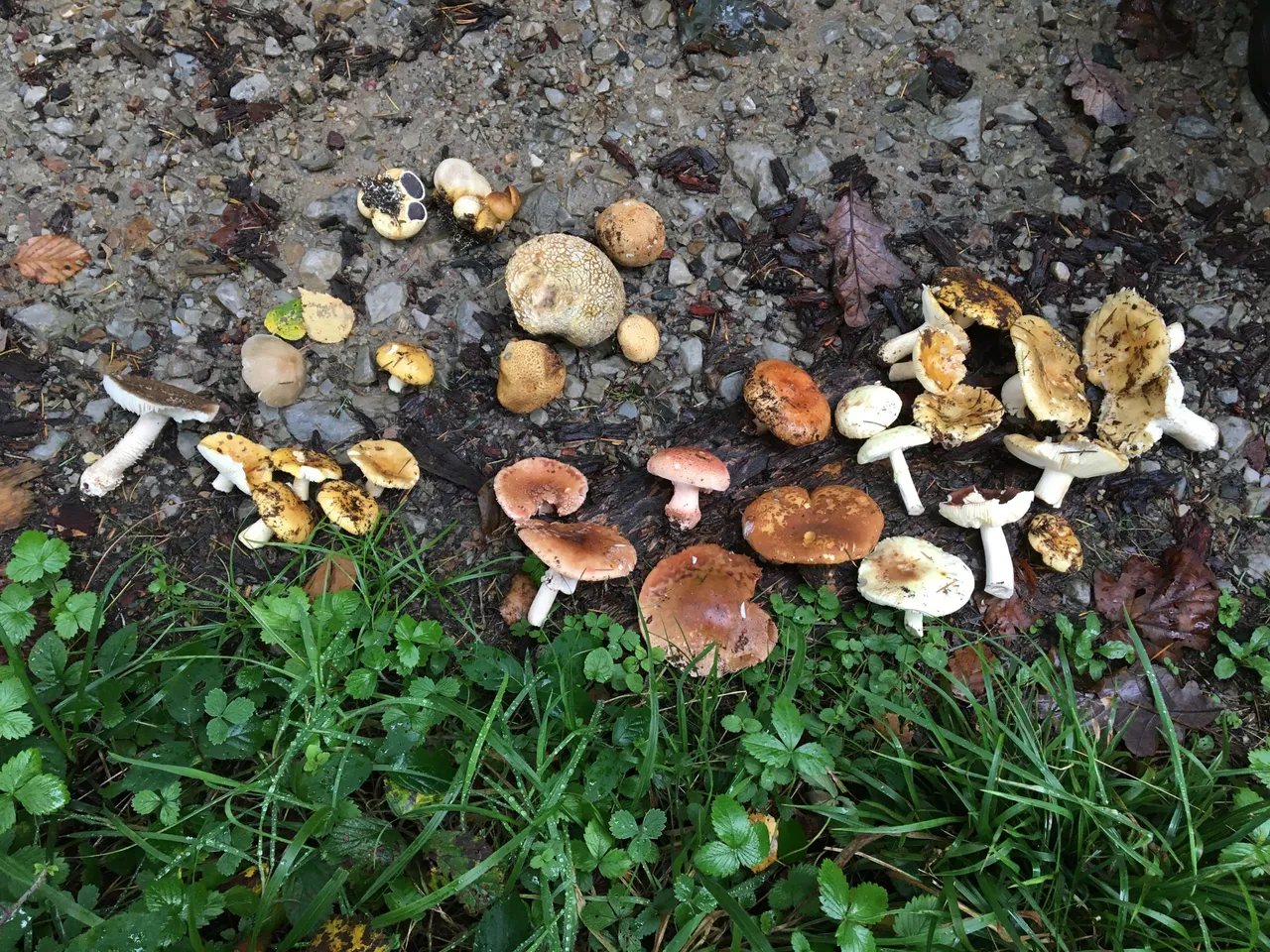
Here are a few of these compositions, the first being ours on a piece of bark.
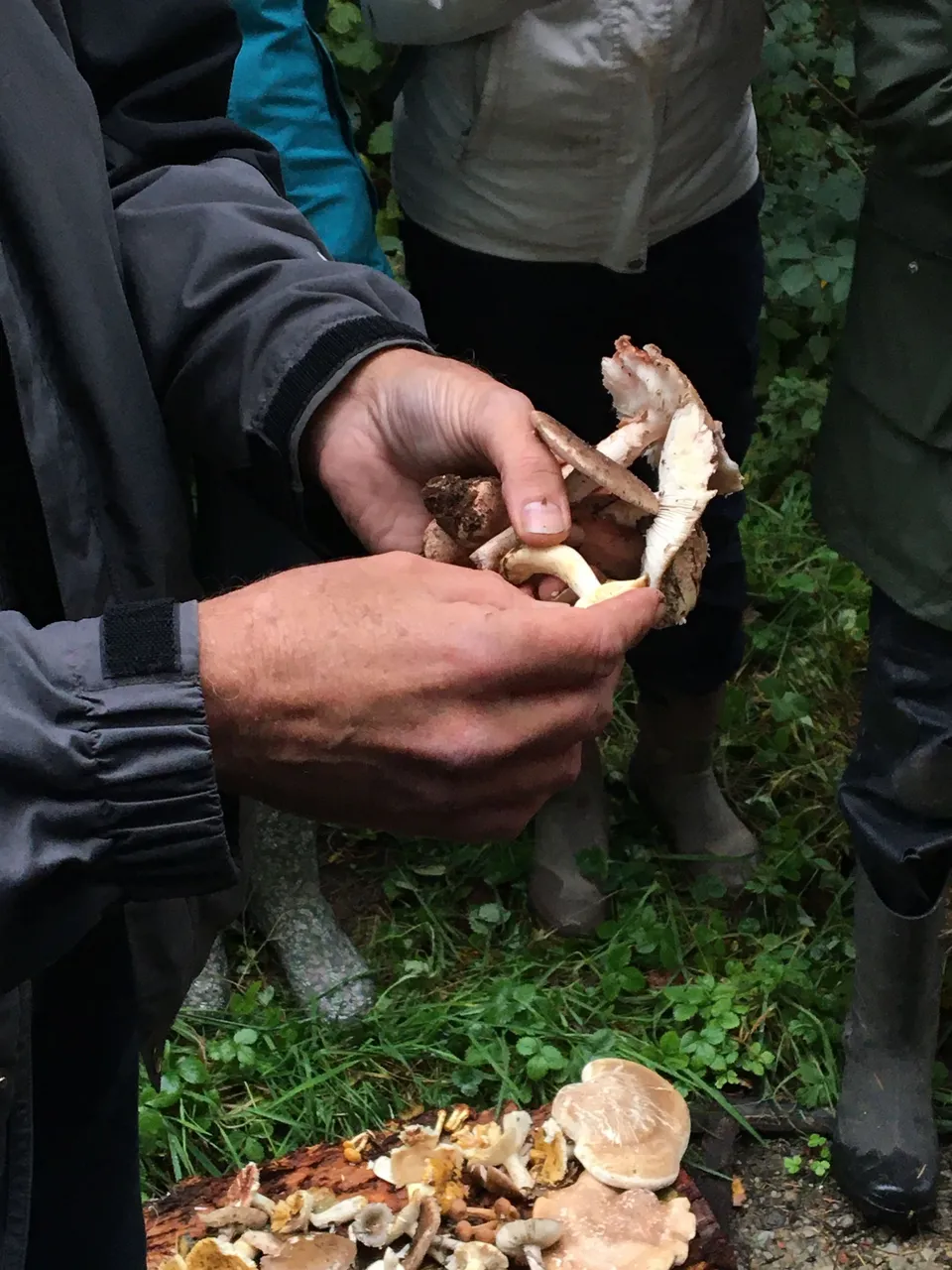


The identification part lasts almost an hour, because everyone wants to know what they have in their basket and, perhaps more importantly, what they can take home for a safe meal !
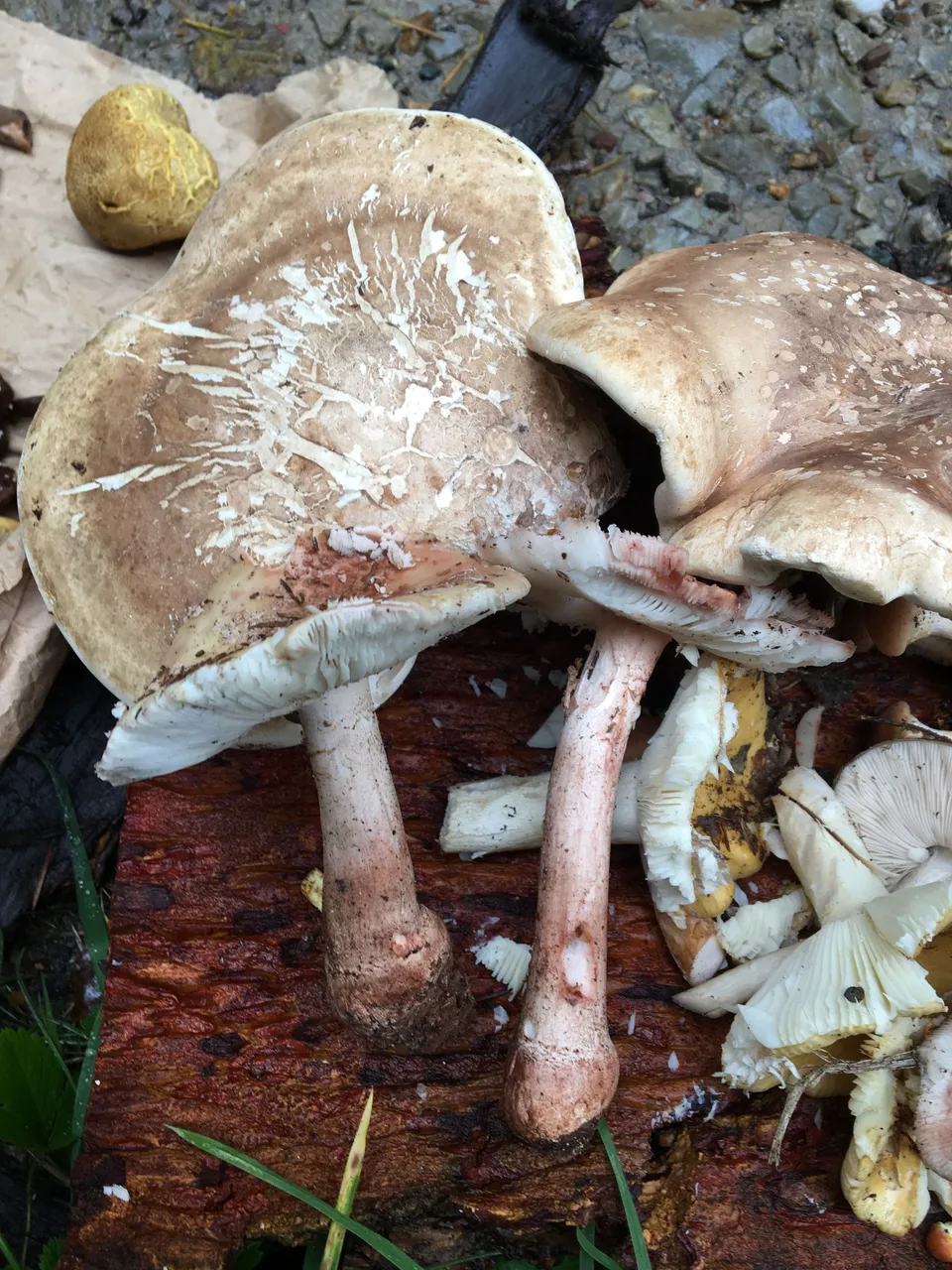
From our harvest, we have just a few red amanitas - Amanita rubescens. Apparently they're quite edible, but you have to cook them for at least 15 minutes to get rid of the toxins.
That's it for this weekend's expedition to the forest, don't hesitate if you have any questions or advice! Thank you for visiting and taking the time to read it :)
Take care and have a great week,
<3
All text and images are my own.
Salut à tous chers Hivers !
Premièrement, j'aimerais dire que je suis loin d'être l'expert que je souhaiterais être dans le domaine des champignons. Je reconnais les très basiques, les cèpes, les girolles et quelques autres, mais cela s'arrête là.
C'était d'ailleurs toute l'idée de cette sortie de reconnaissance de champignons dans un forêt non loin de chez nous. Nous étions un petit groupe et c'est un pharmacien de formation qui nous a fait partager son interêt et sa passion pour ces organismes si complexes tant en termes de formes qu'en éventuelles propriétés physiologiques ou en degré de comestibilité.

C'est donc vers 9 heures que nous nous sommes retrouvés dans la forêt et que le cours a commencé... Malheureusement, il ne faisait pas un temps radieux, mais plutôt un temps de saison automnale et au moins, il ne pleuvait pas.

Le professeur avait déjà ramené quelques champignons qu'il avait trouvé la veille et il nous a expliqué sa hiérarchie de classement entre les champignons "mangeables", "immangeables" et finalement "dommageables". Je trouve que c'est une bonne manière de résumer la chose. C'est bien évidemment la première catégorie qui nous intéresse, pour autant c'est peut-être celle qui compte le moins de champignons en tout !

Après environ 30 minutes, nous nous sommes tous élancés dans la forêt pour environ 2 heures de cueillette. L'idée était de ramasser tout ce que nous trouvions pour ensuite tenter de les identifier.

Avec ma compagne, nous sommes partis plutôt dans une zone couverte de feuillus. Je crois savoir que sous les résineux, on trouve moins d'espèces comestibles comme le sol est plus acide.



Au bout de 15 minutes, notre panier est déjà bien rempli et nous profitons de quelques instants pour simplement nous immerger dans l'environnement et observer ce qui nous entoure.

Comme cette souche de pin qui ruisselle d'une cascade de résine désormais figée...


Au final, comme nous sommes tous deux artistes, c'est souvent juste l'aspect visuel des champignons et leurs groupements qui nous intéressait le plus !

Est-ce que ceux-ci sont des champignons hallucinogènes ?
Je n'essaierai pas quoiqu'il en soit !



Les outils principaux du cueilleur de champignons, un couteau et un panier. Le premier sert à couper nettement le pied pour ne pas endommager le réseau de "mycéllium" cette toile qui relie les arbres entre eux via les champignons et leurs sortes de racines. Le second, c'est évidemment pour les ramasser, mais c'est aussi plus efficace pour ne pas les écraser qu'un simple sac plastique !

Nous nous dirigeons ensuite vers cette zone de lisière pour voir ce que l'on y trouve...



Des trois, le violet et celui qui est tout chevelu sont clairement mes favoris ! Au milieu, le jaune pâle, c'est une amanite citrine - Amanita citrina. Apparemment celle-ci est quand même comestible, mais est assez médiocre en termes culinaires et comme on risque de la confondre, on conseille généralement de ne pas s'y risquer.


Encore de nouvelles compositions graphiques et visuellement intéressantes !

Mis déjà nous voilà sur le retour...


Le temps est gris, mais notre panier est plain de spécimens à identifier :)

Lorsque nous arrivons, le groupe est déjà au complet et chacun a commencé à mettre ses trouvailles sur le bord de la route.




Voilà quelques unes de ces compositions, la première étant la notre sur un morceau d'écorce.



La partie dédiée à l'identification dure presque une heure, car chacun veut bien sûr savoir ce qu'il a dans son panier et surtout, peut-être, savoir ce qu'il pourra ramener pour un repas sans risque chez lui !

De notre récolte, nous avons juste quelques amanites rougissantes - Amanita rubescens. Apparement, il s'agit de bons comestibles, mais il faut les faire cuire au moins 15 minutes pour faire disparaître les toxines.
Voilà pour cette expédition du weekend en forêt, n'hésitez pas si vous avez des questions ou des conseils ! Je vous remercie pour votre visite et le temps de lecture :)
Prenez bien soin de vous et bonne semaine à tous,
<3
Tous les textes et images sont les miens.